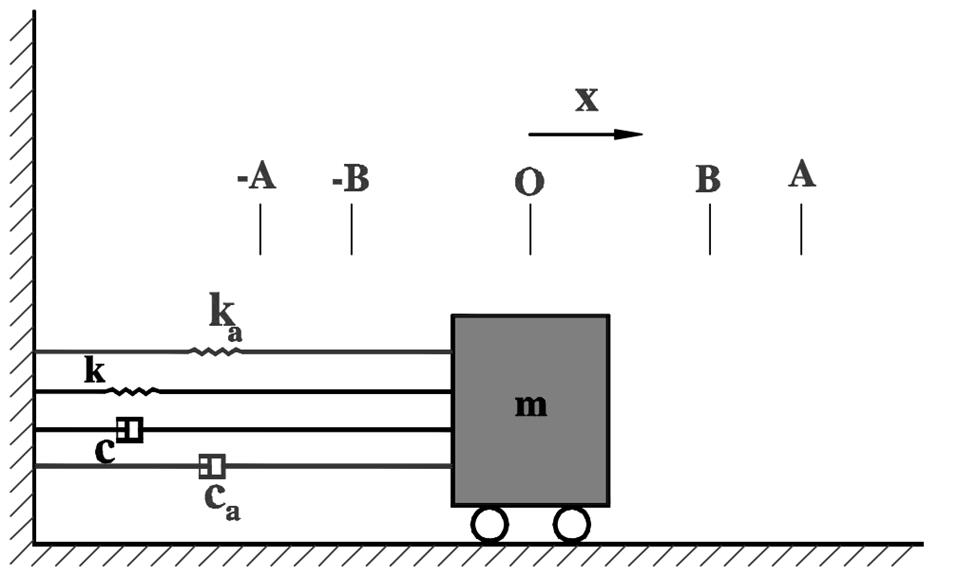💡 Semi-Active Control via Probabilistic Methods: Advancing Smart Damper Design
The utilization of smart (semi-active) dampers has demonstrated immense potential for efficient vibration attenuation in civil engineering structures. The WISE Research Lab is focused on overcoming a critical challenge: the time-consuming process of evaluating and tuning these systems in complex, Multiple-Degree-of-Freedom (MDOF) dynamic systems. This work introduces a powerful, analytical framework to achieve system-level performance under diverse hazard loads.
The Analytical Challenge in Structural Control
Accurate and rapid assessment of smart damper efficacy is essential for their widespread adoption in resilient structural design. Traditional simulation-based evaluation methods for MDOF systems are computationally intensive, which severely limits the comprehensive exploration of potential controller families and optimization strategies.
Research Hypothesis
The central hypothesis of this research is that the precise tuning of semi-active
dampers in complex MDOF systems can be achieved analytically, rather than relying
solely on computationally expensive time-history simulations.
Developing the Novel Theory of Semi-Active Control Gains
To address the limitations of conventional tuning methods, we propose an innovative control methodology that significantly improves efficiency and reliability by integrating probabilistic methods with structural dynamics.
Key Methodologies
- Probabilistic Approach: We have developed a probabilistic methodology that substantially reduces the computational effort required for control system evaluation, providing a fast track for performance-based tuning.
- Lyapunov Function Integration: The theory proposes a novel set of semi-active control gains that leverage the Lyapunov function to solve the highly nonlinear control systems inherent in structures incorporating smart dampers. This analytical solution facilitates accelerated controller optimization.
This developed control theory offers a powerful, efficient tool for the robust design and performance evaluation of smart dampers in large-scale structural systems.
Structural Applications and Multi-Hazard Resilience Impact
This advancement holds the potential to drive the progress of innovative technologies for constructing smart, resilient, and sustainable structures capable of withstanding multiple hazards, including strong winds and earthquakes.
Applications
- Multistory Buildings: Optimized tuning of dampers for high-rise structures subject to wind-induced vibrations and seismic events.
- Wind Turbines: Enhanced vibration control to achieve desired system-level performance and improve the longevity of modern wind energy infrastructure.
By integrating this probabilistic control theory into the design process, engineers
can confidently optimize smart damper performance, leading to more efficient and effective
vibration control strategies, and ultimately, enhancing structural resilience. 


Selected Publications
- Rezaee, M., Aly, A.M. (2019), “Proposed Theory of Semiactive Gains for Smart Dampers in MDOF Systems,” Journal of Structural Engineering, ASCE, 145(12). DOI: 10.1061/(ASCE)ST.1943-541X.0002453
- Rezaee, M., Aly, A.M. (2018), “Vibration Control in Wind Turbines to Achieve Desired System-Level Performance under Single and Multiple Hazard Loadings,” Structural Control and Health Monitoring, 25(12), e2261. DOI:10.1002/stc.2261
- Aly, A.M. and Christenson, R.E. "On the evaluation of the efficacy of a smart damper: a new equivalent energy-based probabilistic approach," Smart Materials and Structures, 17 045008 (11pp), 2008. doi: 10.1088/0964-1726/17/4/045008
- Aly, A.M. and Christenson, R.E. "Fast hybrid testing of controlled smart dampers for nonlinear structures under earthquake loads," Arabian Journal for Science and Engineering, Springer, 1-7, 2013.